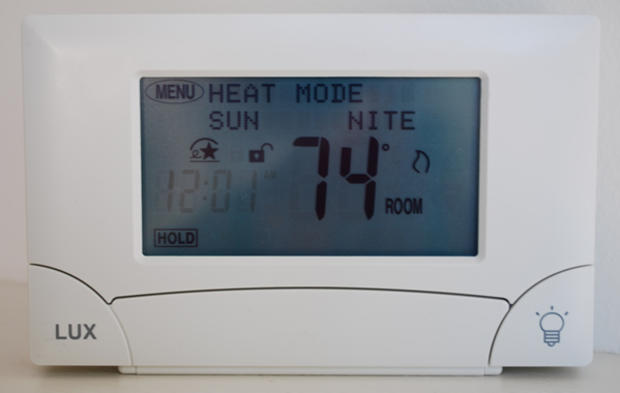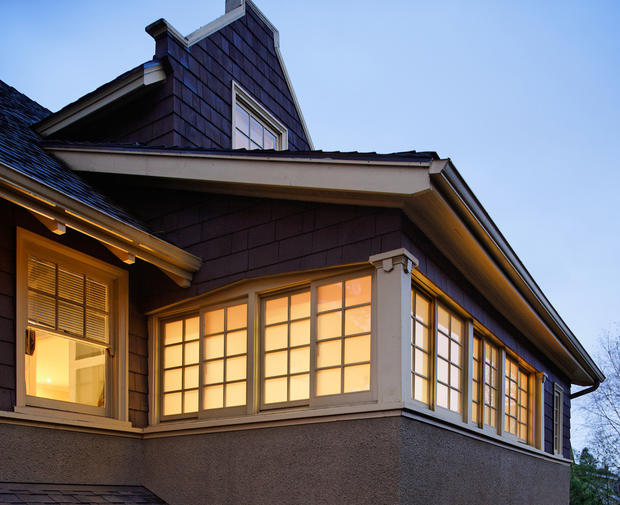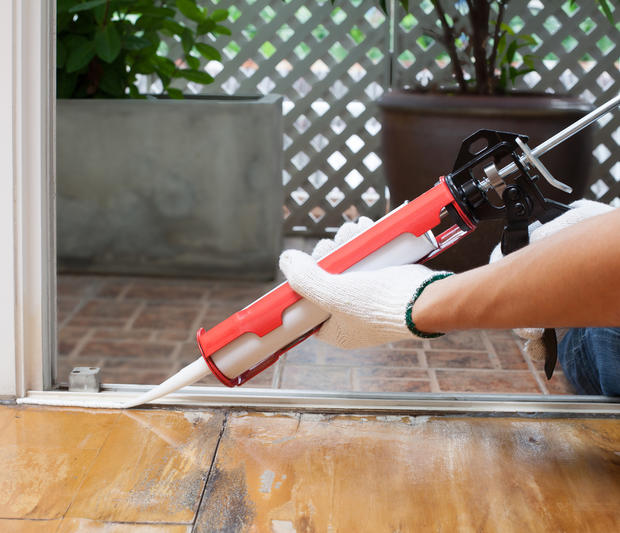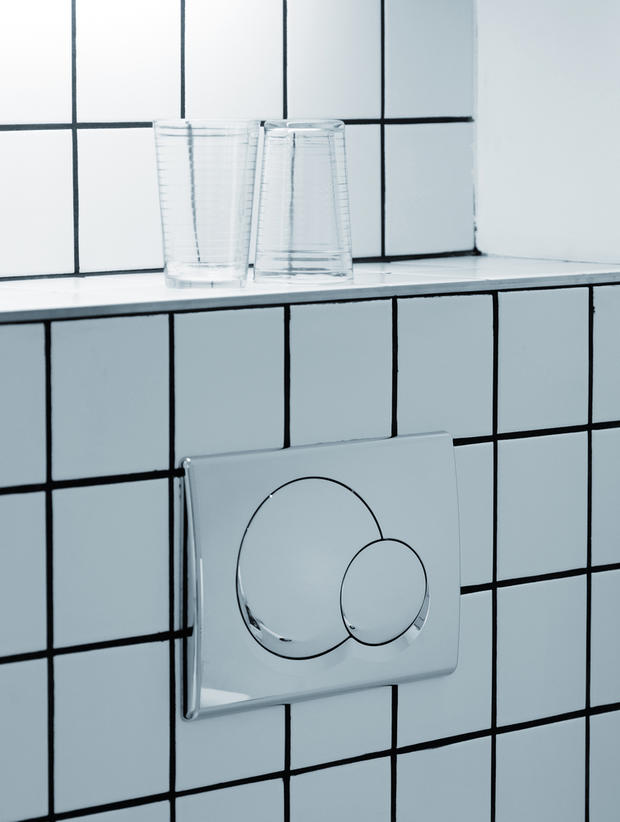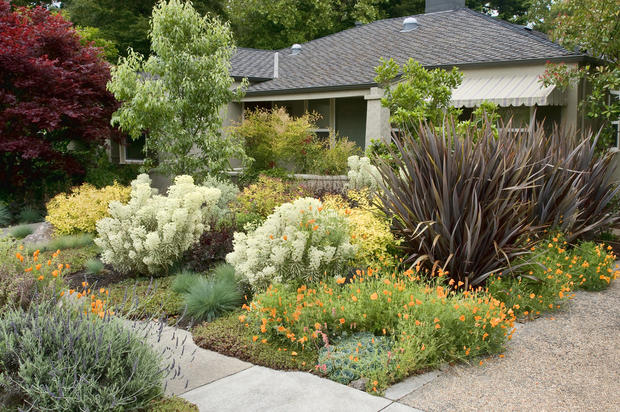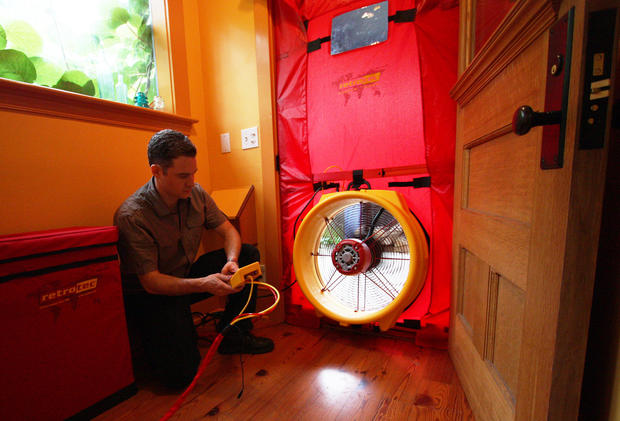How to boost home energy efficiency for less than $1,000
Going green may solicit an eye roll these days, but the smart homeowner knows that energy-efficient and green features can mean money in your pocket.
"The energy-efficiency trend is highly driven by money," said Sandy Gordon, LEED-accredited interior designer at Madison, Wis.-based Sandy Gordon Interiors. "If we can tell our clients they'll save money, that's the ticket."
Energy-efficient or green renovations can actually make a homeowner money by boosting a home's resale value.
Resources for the Future, a research group that makes environmental policy recommendations, looked at several cities and found that certified green homes could command higher prices than their peers.
They found that in Austin, Texas, certified homes sold for "9 to 20 percent more, all else equal. than non-certified homes, with the effects varying by house vintage," according to a study they released last year. In Portland, the effect was similar, with homes selling for 5 to 12 percent more.
A study released this month by real estate listing service Redfin also found a bump in median sale prices when homes advertised green features -- a $47,600 bump to be exact. Those features include "solar panels, low-flow faucets, dual-pane windows, energy-efficient appliances, environmental ratings and certification programs such as Energy Star, 'Built Green' and LEED, which stands for Leadership in Energy and Environmental Design," according to the study.
But most homeowners don't need to go full-certification or install pricey features like solar panels to see the positive impact of green home design on home values or energy bills.
"There's a surprising amount of things people can do to green and save money in the process that are under $1,000," said Lino Carosella, an EPA-certified renovator and owner of Philadelphia-based Carosella Design Build Ltd.
If you want to spend a little and save a lot, check out our tips that'll save money, and could potentially make money down the road.
A fancy thermostat is inexpensive and easy to use
You can get a programmable thermostat with all the bells and whistles for less than $250.
"A lot of these newer ones that are Wi-Fi enabled, they're so much more user-friendly and intuitive," Carosella said.
You can control them from your phone from anywhere, allowing you to control the temperature. When half your energy bill goes to heating and cooling your home, every degree counts.
Start small by installing a few new double-pane windows
One of the first things buyers notice when they're looking for an energy-efficient home is windows. Lots of air escapes through windows and when they aren't at least double-pane, it's hard to make the claim that they're doing anything to keep your heating and cooling costs in line.
Of course, you certainly will not be able to replace all your windows with the double-pane, low-e variety that are most effective, but for under $1,000 you can start somewhere.
Begin by replacing the windows on one side of the house to keep the exterior looking clean as you transition. Set up a plan for when all your windows will get replaced and schedule when each side will go, Gordon recommended.
"Anything is worthwhile and every little bit helps when it comes to windows," she added.
As a temporary band-aid, consider heavy window treatments that will act as a barrier, and block the sun in the summer.
Energy savings range, depending on the size and style of window and the local climate, but expect about 25 percent in savings, according to the Department of Energy.
Replace your light bulbs
Replacing your old light bulbs with LEDs or CFLs may not add much to your resale value, but they will save you money.
"The best thing you can do to save money going green is just light bulbs," Carosella said. "You hear about it all the time, but I don't think people really don't realize the percentage of their electric bill that actually goes to lighting."
About one-fifth of an electric bill goes to lighting, and because these high-efficiency bulbs use about 80 percent less energy to light a room, they can offer easy savings, he added.
Seal all the points where air escapes
Simply doing a little extra weather stripping and caulking any areas where air may be escaping may offer the best investment, and it's something you can do yourself.
"Even small gaps in many different areas of the home is like leaving the window open in the middle of winter," Carosella said.
Take a flashlight and carefully inspect the interior and exterior for any cracks or gaps along windows, doors, joints, around pipes in the attic openings.
"You can get a couple cans of Great Stuff (foam sealant) for $100, so your return on investment is going to be almost instantaneous," said Ron Cowgill, contractor with D/R Service Unlimited, Inc.
He would also recommend having a handyman come in and put new weather stripping on the windows, if they warrant it.
Install energy-efficient appliances that fit your space
Buying Energy Star appliances to replace dated models, those about 10 years old or older, can save big on bills, plus home buyers are always impressed by new, updated appliances in the kitchen. Energy Star appliances typically cost as much as comparable models without the Environment Protection Agency's stamp of approval, and they are guaranteed to use 10 to 50 percent less energy than standard models, according to the EPA.
"One caveat to that: Buy the appliances that are appropriate for your needs and the size of the house," Gordon said. "You shouldn't have multiple refrigerators if you really don't need them. As yourself, 'Do we need to incur that expense in the first place?'"
Save water, save cash
There's a few options to save money on water. For the sink, add aerators or flow restrictors to reduce water consumption by up to 50 percent.
"When you put a flow restrictor in there, it looks like the same amount of water is coming out, but it's just slowed down," Cowgill said.
In the shower, consider a high-efficiency showerhead. You can also pick up a dual flush or low flow toilet for well under $1,000 that uses about half the water as a standard toilet.
"Just remember to clean them," Gordon said. "A lot of people put them on their faucets but don't clean them and that limits their effectiveness."
Don’t forget landscaping
Curb appeal helps sells houses and it can also help save money. Consider doing some landscaping with a focus on native plants and the natural landscape of your yard, which require less watering and attention. You can also plant shade trees near windows to block sunlight during the hot summers, yet allow the sun in during winter when the leaves fall off the trees.
Look for freebies
Contact your utility companies and see what they may offer in terms of freebies, giveaways and rebate offers. Chances are they offer some kind of energy-savings program and they're hoping to get more customers involved. When you have an idea of what project you'd like to tackle, you can also contact your local municipality or state governments and ask about rebates or programs they may offer to help defray the cost of going green. Finally, look out for tax credits on the Internal Revenue Service's website, and ask contractors what might be available.

